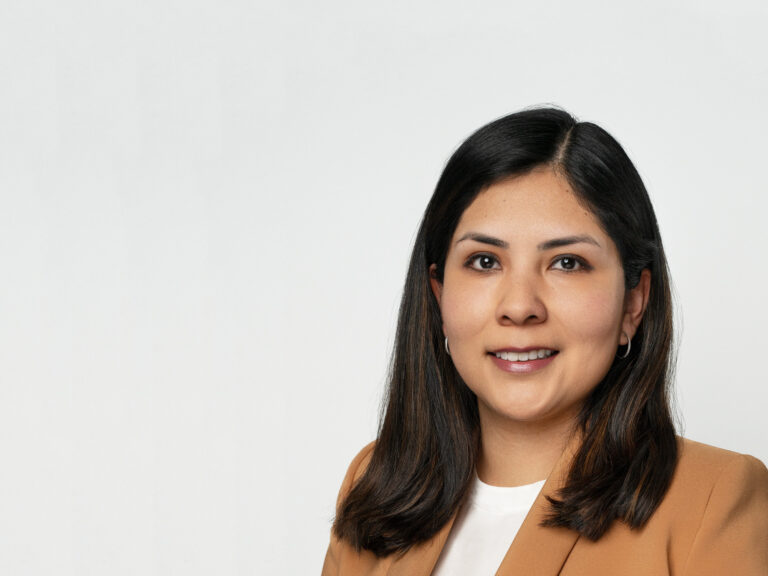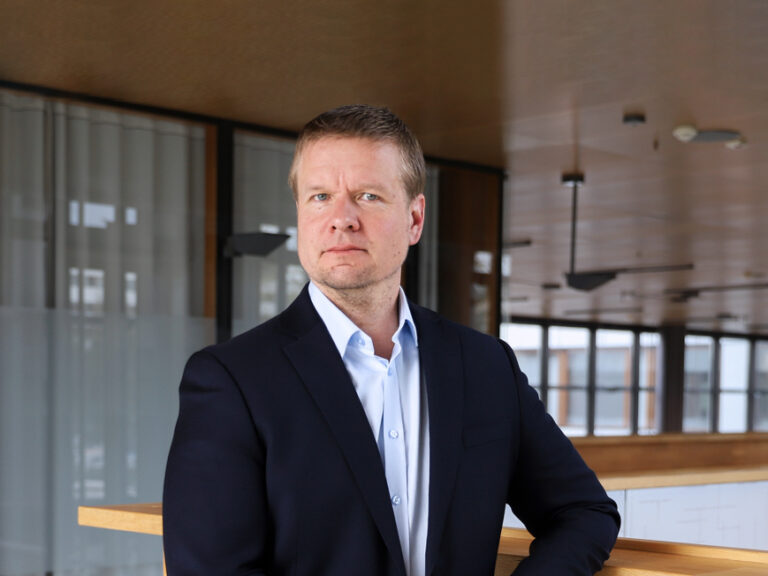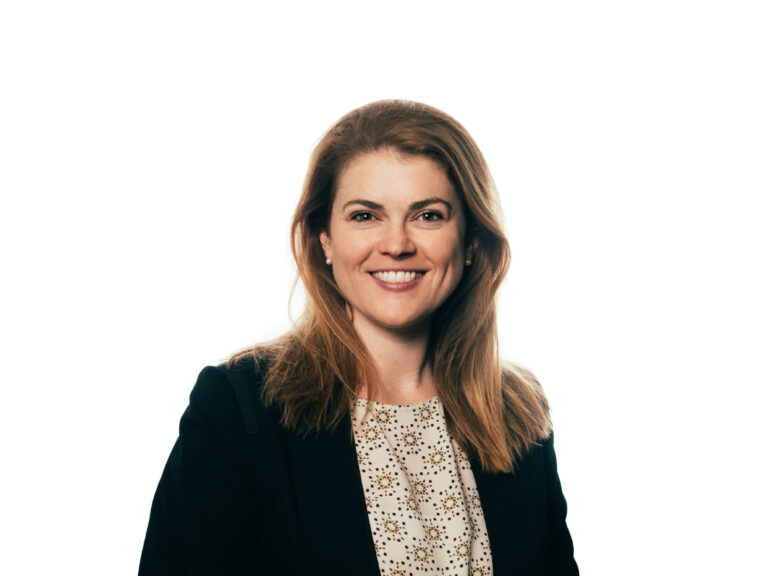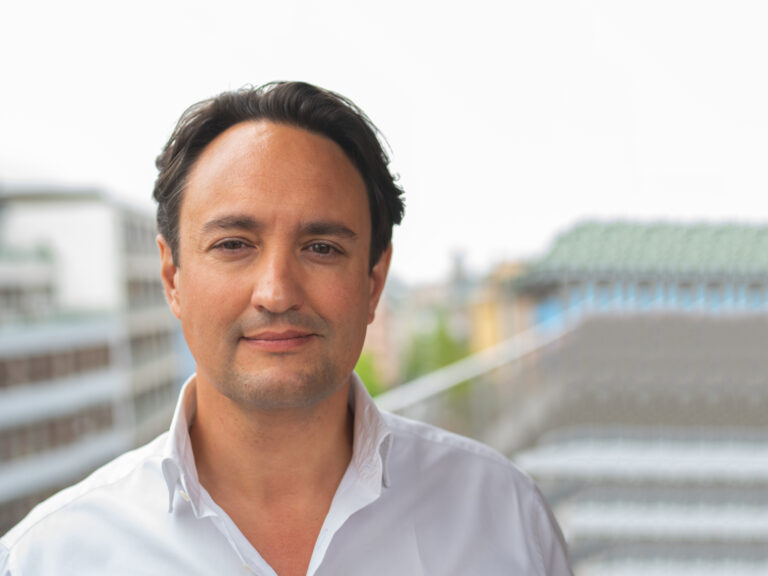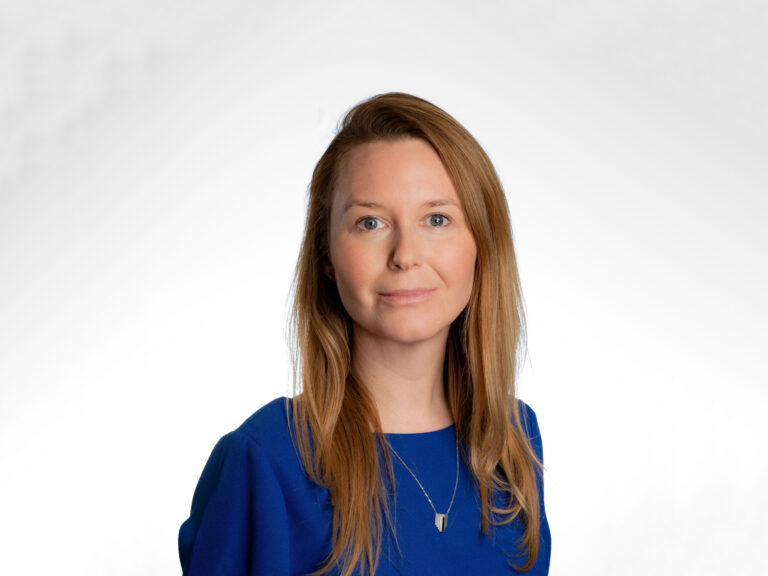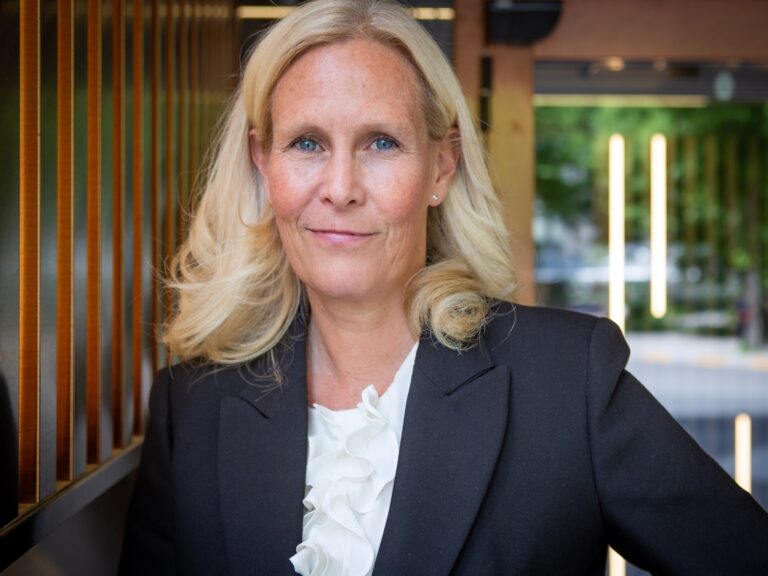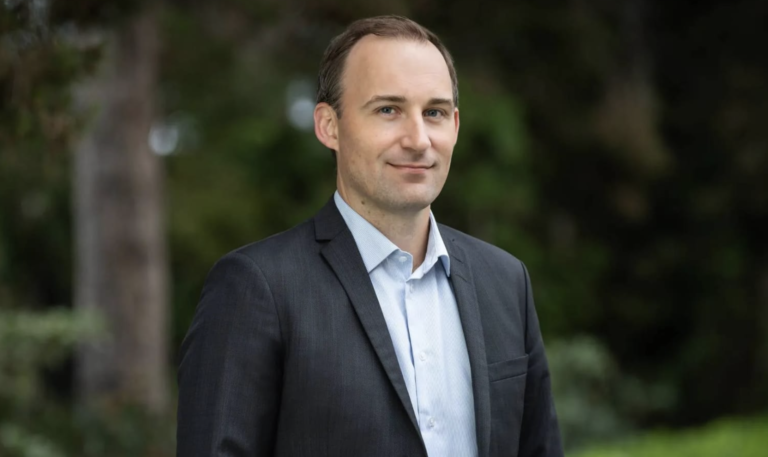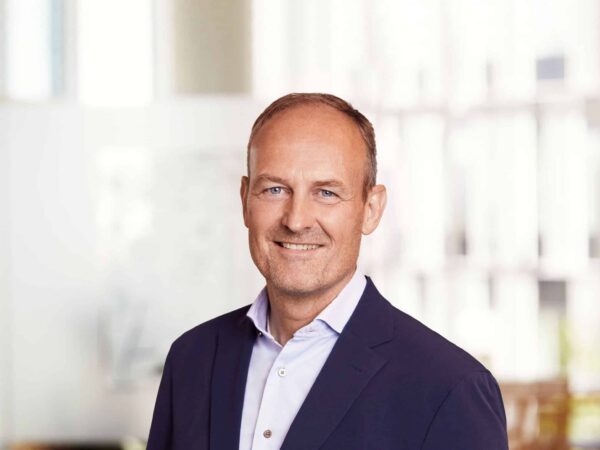Infrastructure across many parts of the world is either decades old or, in some regions, barely existent. Against this backdrop, the need for infrastructure investment is immense. Powerful structural shifts – such as the transition to sustainable energy, widespread decarbonization, and the rapid expansion of AI-driven technologies – are only accelerating demand. With the capital-intensive nature of infrastructure projects, public funding alone is insufficient. This gap creates an important role for private capital, with global institutional investors like Allianz Global Investors stepping in to meet the growing need.
“Infrastructure investment is not only a need in emerging markets,” says Maria Aguilar-Wittmann, Co-Head of Infrastructure Equity Funds and Co-Investments and Secondaries at Allianz Global Investors. “Of course, the need is more acute in some of those regions, but the necessity for modernizing infrastructure spans virtually every jurisdiction.” Aguilar-Wittmann, who has over 15 years of experience in infrastructure investing, notes that demand consistently outpaces actual infrastructure spending – “a trend that hasn’t changed over the last five, ten, or even twenty years.”
“Of course, the need is more acute in some of those regions, but the necessity for modernizing infrastructure spans virtually every jurisdiction.”
This is driven not only by the aging state of current infrastructure but also by deep-rooted structural trends. “Decarbonization efforts cut across all sectors – energy, transport, mobility, buildings, agriculture, forestry,” she notes. “Studies show that achieving net-zero targets would require approximately $9 trillion in annual infrastructure investment in energy and land-use systems. And we are nowhere near that figure today.[1]”
As governments face fiscal constraints and competing priorities, the role of private capital in infrastructure has become increasingly essential. Beyond merely plugging funding gaps, private investors are helping to shape what gets built and how. “Private capital is not just there to fill the space left by governments or public sources,” says Aguilar-Wittmann. “It’s also helping steer the direction of infrastructure development. Institutional investors and fund managers are focused on ensuring that these projects address infrastructure needs while delivering attractive, risk-adjusted returns.”
Key Investment Themes: Energy, Digitalization, and Geopolitics
Infrastructure plays a foundational role in transitioning to a more sustainable and resilient global economy. Recent geopolitical disruptions – particularly the war in Ukraine – have underscored vulnerabilities in existing systems, catalyzing the shift toward long-term infrastructure solutions. The energy crisis following the invasion revealed Europe’s heavy reliance on fossil energy imports, which could be reduced through investments in renewable energy produced within Europe. Decarbonization is no longer just about clean power; it now includes broad sectors such as mobility and industrial production.
Another structural trend reshaping infrastructure needs is digitalization, an area that has seen explosive growth with the rise of artificial intelligence. “Even before the AI boom, demand for digital services drove major investments in macro towers, fiber networks, and data centers,” says Aguilar-Wittmann. “The public cloud and the increasing speeds demanded by mobile users were already pushing capacity to its limits.”
“The AI wave has created incremental demand, particularly for data centers. And data centers are extremely energy-intensive.”
AI has added a new dimension to the infrastructure narrative. “The AI wave has created incremental demand, particularly for data centers,” Aguilar-Wittmann continues. “And data centers are extremely energy-intensive. Generative AI, in particular, is driving up workloads and therefore dramatically increasing energy needs across digital infrastructure that preferably should be met with green energy.”
Why Infrastructure Matters for Institutional Portfolios
The surge in infrastructure investment needs is underpinned by aging assets, growing populations, urbanization, digital transformation, and the energy transition. For institutional investors, infrastructure offers more than just impact – it also delivers long-term, often inflation-linked, and relatively stable cash flows. These features align well with the liabilities of pensions and insurance companies.
“There are different risk-return profiles in infrastructure: core, core-plus, value-add,” explains Aguilar-Wittmann. “But across the board, infrastructure is known for capital preservation, even in downside scenarios,” she notes. “Long-term contracts support cash flows, and contractual protections provide visibility over the investment period.”
“But across the board, infrastructure is known for capital preservation, even in downside scenarios. Long-term contracts support cash flows, and contractual protections provide visibility over the investment period.”
These protections can vary depending on the type of infrastructure investment, from regulatory guarantees to strong market positions. Aguilar-Wittmann, whose focus is on infrastructure equity, emphasizes that even though equity sits at the bottom of the capital structure, it carries relatively lower risk compared to other private market investments. “Returns typically range from single digits in super-core assets to high teens for value-add investments. The downside protection makes this asset class uniquely attractive.”
Infrastructure equity can also serve as a hedge against inflation. “Many infrastructure business models have built-in inflation protection, whether through contractual indexing or market positioning that allows for pricing power,” says Aguilar-Wittmann. “That’s a valuable feature in today’s macro environment.” Over time, infrastructure has proven to deliver recurring cash yields, particularly appealing to institutions seeking income.
Long-Term Nature: Challenge and Opportunity
The long-term horizon of infrastructure can be a barrier for some investors. “Liquidity can be a hurdle for those just becoming familiar with the asset class,” Aguilar-Wittmann acknowledges. Regulatory complexity is another challenge, particularly for global investors. “Some jurisdictions treat infrastructure the same as private equity from a regulatory standpoint, even though the risks are quite different. That misalignment can affect allocations.”
As in many private market strategies, sourcing high-quality opportunities remains one of the key challenges in infrastructure investing. However, for established players like Allianz, scale and reputation help to ease that burden. “Allianz is the number one institutional infrastructure investor in Europe[2],” says Aguilar-Wittmann. “Between Allianz’s insurance business and Allianz Global Investors’ private markets arm, we have strong brand recognition, and fund managers in the space often come to us.”
“Between Allianz’s insurance business and Allianz Global Investors’ private markets arm, we have strong brand recognition, and fund managers in the space often come to us.”
In addition to inbound opportunities, the firm maintains an active sourcing effort. “We have a large, dedicated infrastructure equity team – about 70 professionals globally – covering energy, digital infrastructure, and all other infrastructure sectors,” notes Aguilar-Wittmann. “This breadth allows for deep sector expertise and internal knowledge-sharing.”
A Rapidly Growing Asset Class
Infrastructure has evolved from a niche asset class to a $1.5 trillion industry over the past two decades[3] – a transformation driven by the global need for modern, resilient systems. That growth is expected to accelerate further as long-term structural trends like decarbonization and digitalization continue to shape investment needs. “At the same time, emerging dynamics such as market consolidation, deglobalization, and the push for national energy independence are opening new avenues for deployment,” concludes Aguilar-Wittmann. As countries invest to strengthen both their physical and strategic infrastructure, the asset class is becoming an increasingly vital component of institutional portfolios.
[1] Pathway toward 1.5°C using the Net Zero 2050 scenario from the Network for Greening the Financial System (NGFS). https://www.mckinsey.com/capabilities/sustainability/our-insights/the-net-zero-transition-what-it-would-cost-what-it-could-bring
[2] IPE Real Assets top 100 ranking (2024).
[3] Preqin data as of June 2024.
Investing involves risk. The value of an investment and the income from it may fall as well as rise and investors might not get back the full amount invested. The views and opinions expressed herein, which are subject to change without notice, are those of the issuer companies at the time of publication. The data used is derived from various sources, and assumed to be correct and reliable at the time of publication. The conditions of any underlying offer or contract that may have been, or will be, made or concluded, shall prevail. This is a marketing communication issued by Allianz Global Investors GmbH, www.allianzgi.com, an investment company with limited liability, incorporated in Germany, with its registered office at Bockenheimer Landstrasse 42-44, 60323 Frankfurt/M, registered with the local court Frankfurt/M under HRB 9340, authorised by Bundesanstalt für Finanzdienstleistungsaufsicht (www.bafin.de). The Summary of Investor Rights is available in English, French, German, Italian and Spanish at https://regulatory.allianzgi.com/en/investors-rights The duplication, publication, or transmission of the contents, irrespective of the form, is not permitted; except for the case of explicit permission by Allianz Global Investors GmbH.
This article features in the “2025 Private Markets” publication.

